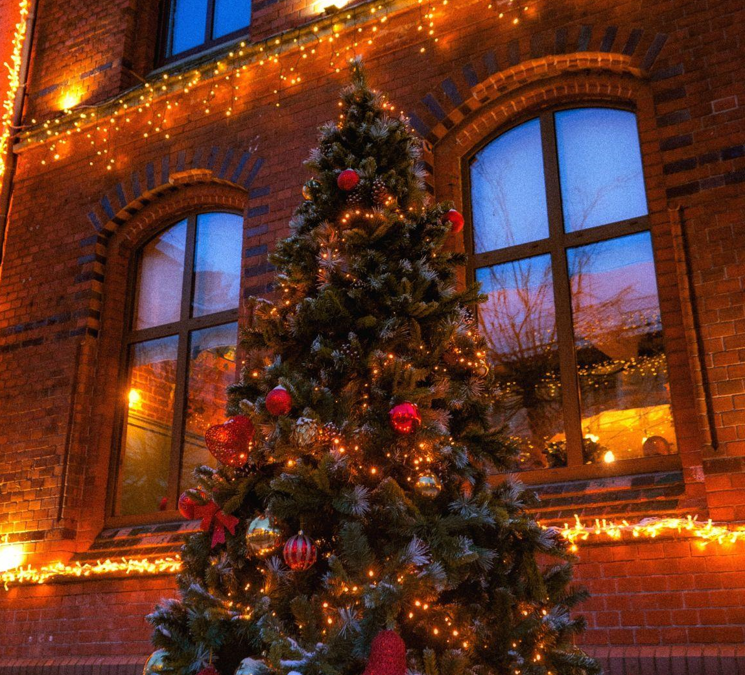The holiday season is a time of many traditions, from gift-giving to cookie-baking. The Christmas wreath is among the most iconic and beloved holiday decor elements. Adorning our doors and walls with these festive decorations has been a popular custom for centuries, but where did it all begin?
Ancient Origins of the Christmas Wreath
The first recorded use of wreaths goes back to ancient Rome. In the days leading up to the winter solstice, Romans would decorate their homes with evergreen branches and headdresses as a symbol of eternal life. This tradition eventually spread across Europe, where wreaths became popular in Christian celebrations.
In Christianity, the circular shape of the wreath symbolizes the endless love of God, with no beginning or end. The evergreen branches remind all believers of Jesus’ eternal life and the hope of salvation. As Christianity spread throughout Europe, wreaths took on a deeper meaning and became an essential part of Christmas celebrations.
The Evolution of Christmas Wreaths

Over time, the artificial Christmas wreath evolved into a more elaborate decoration. In the 16th century, Germans began adding candles to their wreaths to light up dark winter nights. This tradition eventually led to the creation of the advent wreath, which had four candles lit sequentially each Sunday leading up to Christmas.
In the 19th century, the popularity of Christmas wreaths continued to grow. Wealthy families would have elegant wreaths with real flowers, fruits, and other decorations. But these wreaths were expensive and out of reach for most people. In the early 20th century, companies began to mass-produce artificial wreaths, making them more affordable and accessible to everyone.
Christmas wreaths come in many shapes, sizes, and styles today. Some are made with traditional evergreen branches, while others feature more modern materials like tinsel, ornaments, and candy. Some prefer making wreaths using natural materials like pine cones, berries, and twigs. Others opt for pre-made wreaths that they can buy at the store.
The Symbolism of Christmas Wreaths Today
Despite their evolving styles and materials, Christmas wreaths still carry much symbolism and meaning. They are a reminder of the hope and joy of the holiday season and a way to welcome visitors into our homes with warmth and cheer.
One tradition that many still observe is hanging an extra-large wreath on the front door of their home. This is known as a “welcome wreath,” meant to symbolize hospitality and abundance. The larger the wreath, the more welcoming and generous the homeowner is perceived to be.
Another popular tradition involving Christmas wreaths is laying a wreath at the grave of a loved one who has passed away. This is often done in remembrance and honor of the person and as a way to pray for their eternal peace and happiness.
No matter how you decorate with Christmas wreaths, there is no denying the warmth, joy, and beauty they bring to the holiday season. From their ancient origins in Rome to their modern-day, artificial incarnations, wreaths have withstood the test of time and remain a beloved symbol of Christmas spirit and hospitality.
